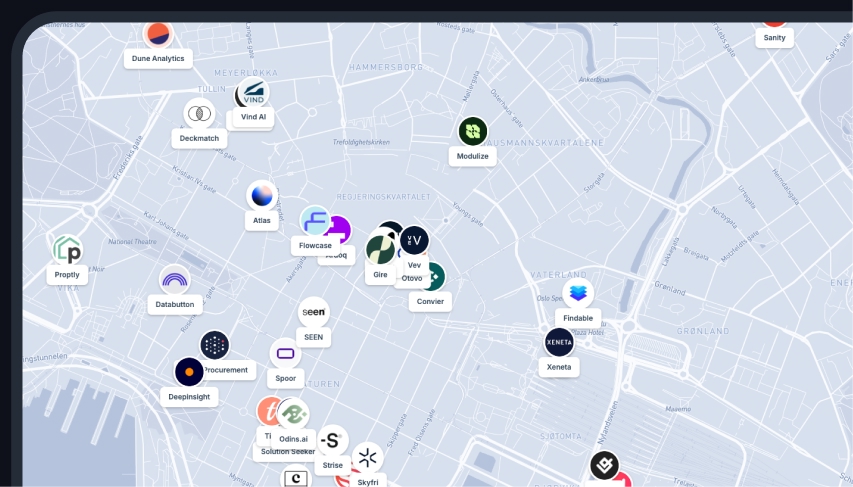GeoJSON
A format for encoding a variety of geographic data structures using JSON.
GeoJSON is a data format specifically designed for representing simple geographical features which also includes the non-spatial attributes of these features. GeoJSON data format is an open standard format that can encode different types of geographical data structures, including geometry points, polygons, and multipolygons, along with non-spatial attributes. One of the key aspects of GeoJSON is its utilization of JavaScript Object Notation (JSON) which makes it a lightweight and text-based data interchange format that is easy to read and easy to generate.
GeoJSON supports the following geometry types: Point, LineString, Polygon, MultiPoint, MultiLineString, and MultiPolygon. Geometry instances can be geometric objects or collections of geometric objects, thus providing a flexible way of representing a broad range of geographic features. Features in GeoJSON contain a Geometry object and additional properties. Features collected together form a FeatureCollection.
The primary advantage of using GeoJSON format lies in its interoperability. It is able to leverage existing coding and mapping libraries in JSON, the web standard for data interchange. This makes it easily accessible to developers and allows geographic data to be included within APIs, web services, and any other data structures making it widely accepting in many GIS, web mapping, and other geo-based applications.
Another major advantage of the GeoJSON format is its human-readable nature. The syntax is designed to be easily understood and generated by machines but also readable and editable by humans. This is a critical advantage in development, debugging, and data recovery scenarios where humans need to understand the data stream.
Work faster with spatial data
Easily import data, automate analysis and build spatial apps for the web, all within a single software.
Feature objects in GeoJSON contain both a geometry and other properties. The properties object is a JSON object that can contain any number of name-value pairs, making GeoJSON flexible enough to accommodate a wide range of attribute data types and structures. This becomes essential when translating from complex data models, such as those commonly used in GIS systems, to a simpler, more web-friendly format.
GeoJSON provides the ability to incorporate various geometric structures such as points, lines, polygons, and their respective multiparts within a single format. This flexibility makes it an ideal choice when expressing multiple thematic layers or complex objects in a web environment.
In conclusion, GeoJSON, as a geographic data format, offers simplicity, versatility, and interoperability while maintaining adherence to web standards. Its lightweight, human-readable nature, flexibility in encoding different geometric structures, and the ability to handle descriptive data make it a preferred format for many geographic discussions on the web.
